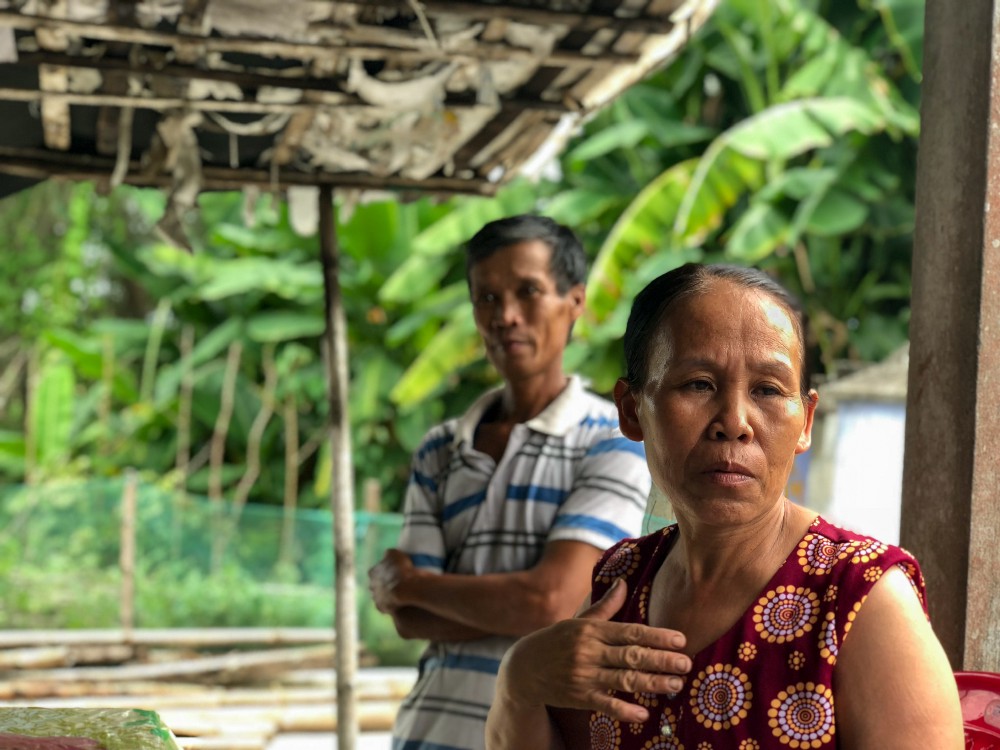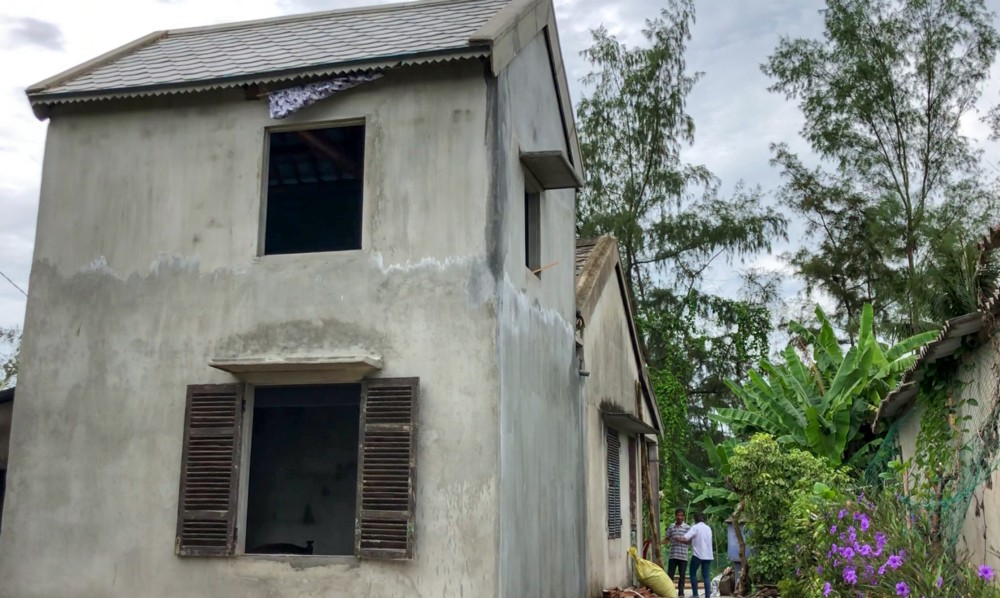
 Human stories
Human stories
Vietnam is one of the ten countries most affected by climate change. It's had more frequent and unpredictable extreme weather in recent years, with disastrous and often deadly consequences.

“We used to dream of a safe house every night,” says Nguyen Thi Mua.
Mua and her husband and four children live in Vinh Hai commune in coastal Vietnam, where extreme weather is now a fact of life. In 2017 alone, 16 typhoons hit Viet Nam. More than 350 people lost their lives and hundreds of thousands of homes were destroyed.
“Many times, we have had to borrow money to make repairs after typhoons,” Mua says. Often, when things got really bad, they would be forced to stay with their neighbours until their house was habitable again.
Extreme weather is expected to get worse in Viet Nam, and it’s putting already vulnerable communities at even further risk.
The sea is just 300 metres from Mua’s home, and encroaching salination has dramatically reduced how much the family can grow on their land.
In the past their neighbours would hire them to harvest rice, dig potatoes or to do construction, jobs which could earn up to three million dongs — about US$129 a month. However both Mua and her husband are in poor health and unable to work, which has meant even that small income has dried up.

“We have not been able to work and earn any money for a few months,” she said. “All the little money that we earn we have to spend on food, our children’s education and other things.”
Until UNDP stepped in, it seemed as if the dream of a safe home would remain just that — a dream. But Mua and her family are now the proud occupants of a sturdy concrete house — one of the first of thousands being built in Viet Nam to withstand an uncertain climate future.
With support from the Green Climate Fund, UNDP and the Viet Nam government are this year building more than 1,300 storm resilient houses, and planting and regenerating 1,300 hectares of coastal mangroves. Mangroves not only act as storm surge buffers and carbon sinks, but they also nurture biodiversity and create income opportunities.
This year’s project builds on a successful one completed in 2018 where 1,098 houses were built and 200 hectares of mangroves restored to health.

The initiative will help Viet Nam reach the Sustainable Development Goals — by the end of the project in 2022, it will have saved an estimated 1.9 million tons of carbon dioxide.
It’s also going to mean safer, more secure lives for vulnerable families, such as female-headed households, the elderly, and those living with disabilities.
“This is the first project supported by the Green Climate Fund in the ASEAN region. The project has achieved significant successes which are increasingly being noted globally,” said UNDP Resident Representative, Caitlin Wiesen. “I hope we can continue the impressive results.”
Mua's new two-room home is based on a design that her family chose. It has a mezzanine floor where they can retreat when the waters rise, reinforced roofing, and cement walls and foundations.
“Since we have this resilient house, we feel much safer. Now, if there is a flood, we can move our belongings, rice, and the children's books to the mezzanine level, ”she said.
Viet Nam's project is part of a larger initiative in the Asia Pacific region which supports developing countries making the shift to low-emission and climate resilient development.
More immediately for Buy and her family it means one thing - peace of mind.
“We have a resilient house to protect our lives and assets. We could not sleep for many nights because we were so happy, ”she said.
https://www.youtube.com/watch?v=zxdmfvYHGhg
Photos: UNDP Viet Nam / Phan Huong Giang